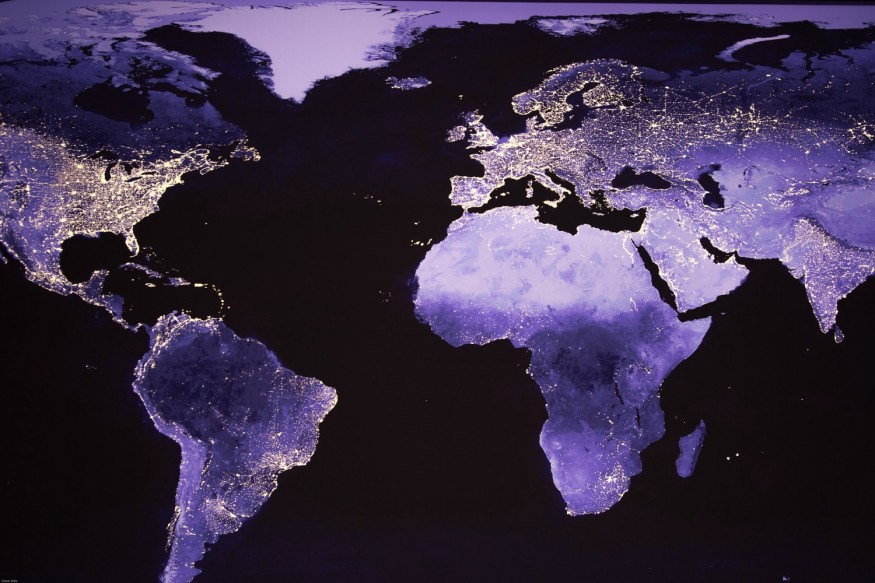According to new research, when the Pacific Ocean closes in 200 to 300 million years, the supercontinent Amasia will most likely form.

Supercontinent Formation
The research team, according to Phys.org, used a supercomputer to simulate how a supercontinent forms. They discovered that the thickness and strength of the plates beneath the oceans decrease with time because the Earth has been cooling for billions of years.
The new findings, published in the National Science Review, are significant and provide insights into what will happen to Earth in the next 200 million years, according to lead author Chuan Huang of Curtin's Earth Dynamics Research Group and the School of Earth and Planetary Sciences.
The Earth's continents have collided to form a supercontinent every 600 million years, a process known as the supercontinent cycle. It means that, in a couple hundred million years, the current continents will re-join.
Pacific Ocean Closing Forms Amasia
Huang explained that the resulting new supercontinent has already been named Amasia because some believe that, when America collides with Asia, the Pacific Ocean will close. Australia is also expected to play a role in this critical Earth event, colliding with Asia first and then connecting America and Asia once the Pacific Ocean closes.
The scientists said that they were able to demonstrate that, in less than 300 million years, the Pacific Ocean is likely to close, allowing for the formation of Amasia, by simulating how the Earth's tectonic plates are expected to evolve using a supercomputer, which debunks some previous scientific theories.
According to co-author and John Curtin Distinguished Professor Zheng-Xiang Li, having a single continental mass dominate the entire world would drastically alter Earth's ecosystem and environment.
When Amasia forms, the Earth as we know it will be drastically altered, according to Li. He predicted that sea levels would be lower and that the vast interior of the supercontinent would be arid, with high daily temperature ranges.
Previous Assumptions on the Formation of Amasia
According to NPR, Ross Mitchell proposed in his Ph.D. thesis in 2021 that the continents appear to be moving north, implying that the Caribbean Sea and the Arctic Ocean will be squished shut.
He claimed that when the Caribbean Sea closes, North and South America will be united. The Americas and Eurasia would be joined by fusing the Arctic Ocean. This would result in the formation of Amasia, a supercontinent at the top of the Earth, and it would eventually sink south toward the equator. In this scenario, Antarctica could remain isolated at the bottom of the world.
ALSO READ: Supermountains Thrice the Size of Himalayas Supercharged Evolution of Early Life on Earth
Pacific Ocean Shrinkage
The Pacific Ocean is the remnant of the Panthalassa super ocean, which formed 700 million years ago when the previous supercontinent began to break apart. It is the oldest ocean on the planet, and it has been shrinking from its maximum size since the dinosaur era. It is currently shrinking by a few centimeters per year, and its current size of about 10,000 kilometers is expected to take 200 to 300 million years to close.
The Pacific's mid-ocean ridge's East Pacific Rise is a fast-spreading center. It spreads about three to six inches per year, compared to the Mid-Atlantic Ridge, which spreads at a rate of 0.8 to two inches per year. Due to the presence of subduction zones, the destruction of old crust balances the formation of new seafloor. It resulted in the slow growth of the Pacific Ocean, which led to its shrinking. The Atlantic Ocean's expansion also contributes to the shrinkage.
RELATED ARTICLE: Earth Evolution: Geologists Reveal This Planet Could Further Evolve into Massive Supercontinents in 200 Million Years
Check out more news and information on Environment in Science Times.
© 2025 ScienceTimes.com All rights reserved. Do not reproduce without permission. The window to the world of Science Times.












